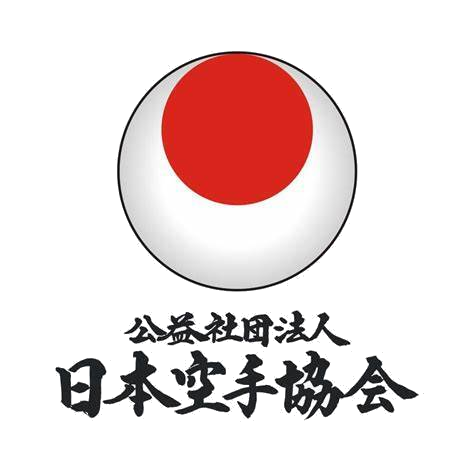Punches
Tsuki means punch or literally "thrust." Punches are traditionally delivered with the front two knuckles of the fist, called seiken (fore-fist). Tsuki can also refer to spear-hand attacks and any technique performed with seiken. The most prevalent karate attack, punches are quick, powerful, and versatile. More importantly, punches keep the hands in a solid and stable position delivering maximum damage while still protecting your own hand.
Basic Punches
All basic punches are linear, requiring complete extension of the arm. These punches have the longest range and tend to be the most powerful. Basic punches are easy to learn and simple to use making them the most popular attack in karate. Other punching techniques are most often found in kata.
| choku-zuki | straight punch |
| oi-zuki | lunge punch |
| gyaku-zuki | reverse punch |
| kisami-zuki | jab punch |
| sanbon-zuki | triple punch |
Advanced Punches
Advanced punches are usually, but not always, non-linear. Many of these punches have the elbow bent at various angles. Although generally not as strong as basic punches, they are more suitable for close range combat. Advanced punches can also be very useful in working around an opponent's guard. As their label implies, advanced punches are much harder to learn and many students find it difficult to harness power with them.
| ura-zuki | inverted punch |
| age-zuki | rising punch |
| kage-zuki | hook punch |
| mawashi-zuki | roundhouse punch |
| tate-zuki | vertical punch |
| uke-zuke | blocking punch |
Double-Hand Punches
Double-hand punches are performed with both hands at the same time. Contrary to what one might think, double-hand punches are not as strong as single-hand punches. It is more difficult to coordinate power in both hands at the same time. These movements also have a much smaller hip rotation. Their obvious benefit is that two targets can be hit at the same time, although double-hand punches are almost never used as an offensive attack. More often, they are used in response to an attack, usually with one of the punches acting in a defensive manner. Double-hand punches are frequently used to achieve sen no sen (attack the attack).
| morote-zuki | double-hand punch |
| yama-zuki | mountain punch |
| yumi-zuki | bow punch |
| awase-zuki | U punch |
| heiko-zuki | parallel punch |
| hasami-zuki | scissor punch |
Fore-knuckle Punches
Fore-knuckle punches are performed with the middle knuckles of the fingers. These techniques are "sharper," having a much smaller contact point. Since the point of contact is smaller, these techniques can achieve greater penetration of force (the same amount of force is used on a smaller surface area, creating greater pound-force per square-inch {psi}). The danger in using these attacks occurs in the joints of the fingers. If the joints are not strong enough to absorb the impact with the target, they will break. For this reason, these techniques are most effective against small targets or soft vital areas, reducing the risk of injury to the hand. The fingers and knuckles should be properly conditioned before ever considering using them on solid targets.
| ippon-ken | one-knuckle fist |
| nakadaka-ippon-ken | middle finger one-knuckle fist |
| hiraken | flat fist |
Spear-Hand
Spear-hand (nukite) techniques involve a thrusting motion with the tips of the fingers. Since the fingertips are very small or "sharp," spear-hand techniques offer the greatest potential for penetration of force (psi). When delivered by a person with trained and conditioned hands, spear-hands can be quite deadly. Again, although the force behind these techniques can be quite devastating, the risk of breaking the hand is also high. Without proper hand training, it would be ridiculous to attempt a spear-hand in a real situation, even on soft targets. If you want to use these techniques in a real situation, you must train for it. Otherwise, leave it in kata.
| shihon-nukite | four finger spear hand |
| ippon-nukite | one finger spear hand |
| nihon-nukite | two finger spear hand |
| tate-nukite | vertical spear hand |
| hira nukite | flat spear hand |
